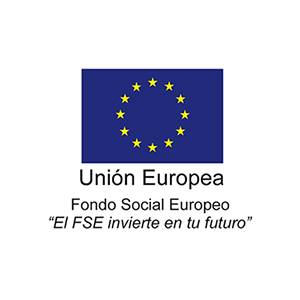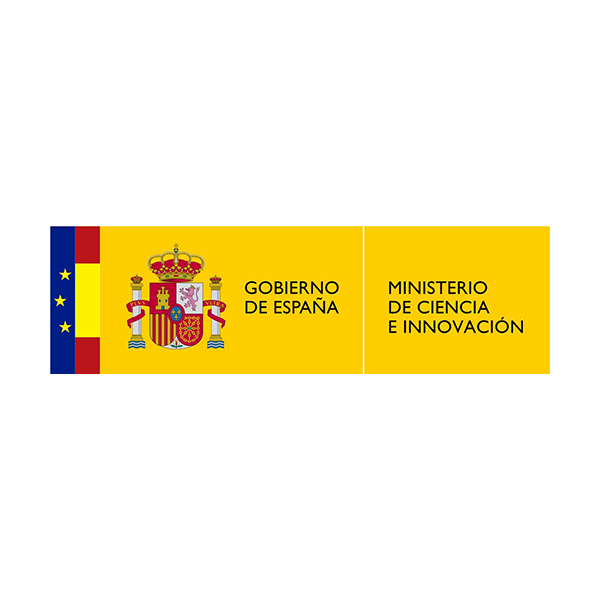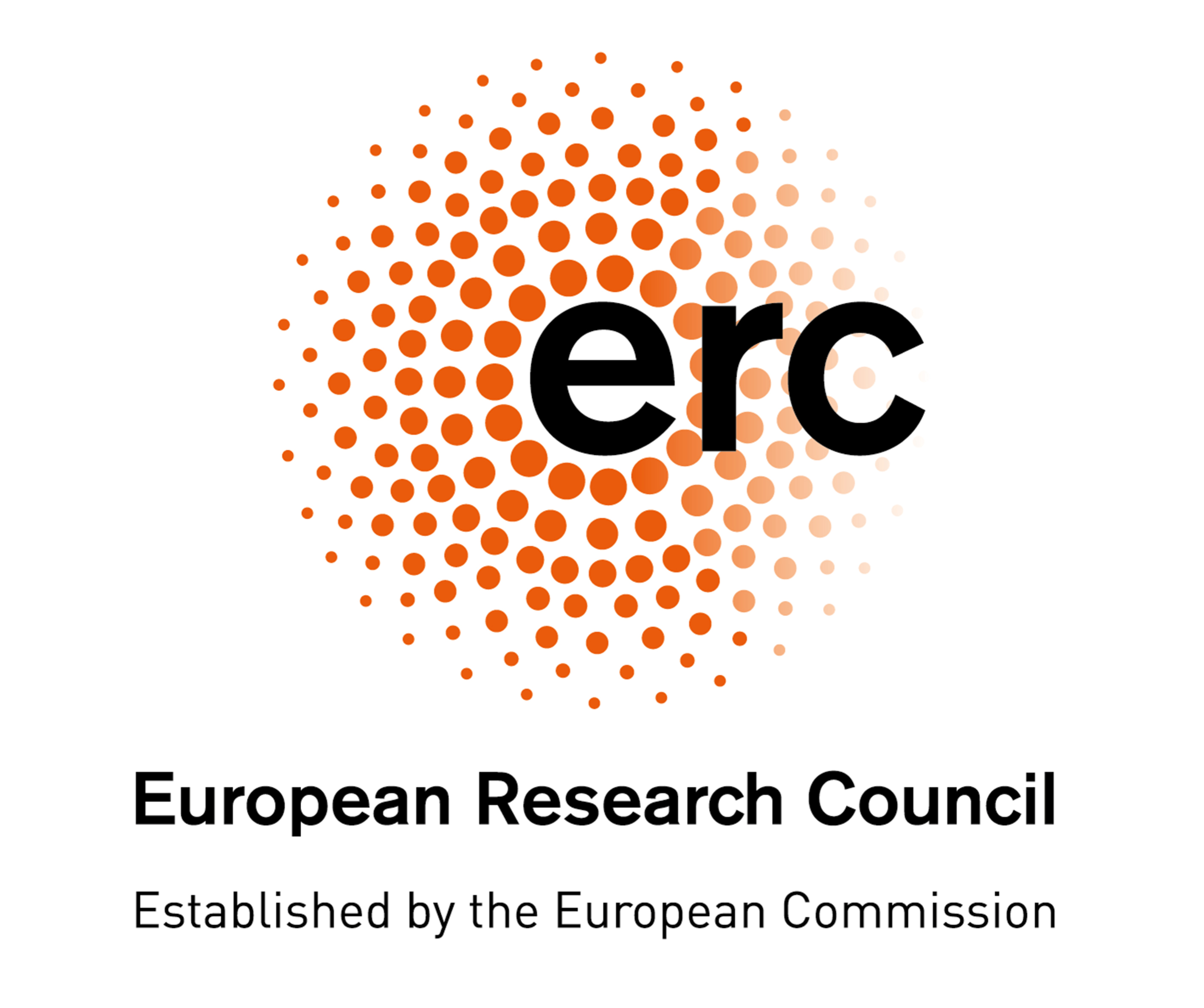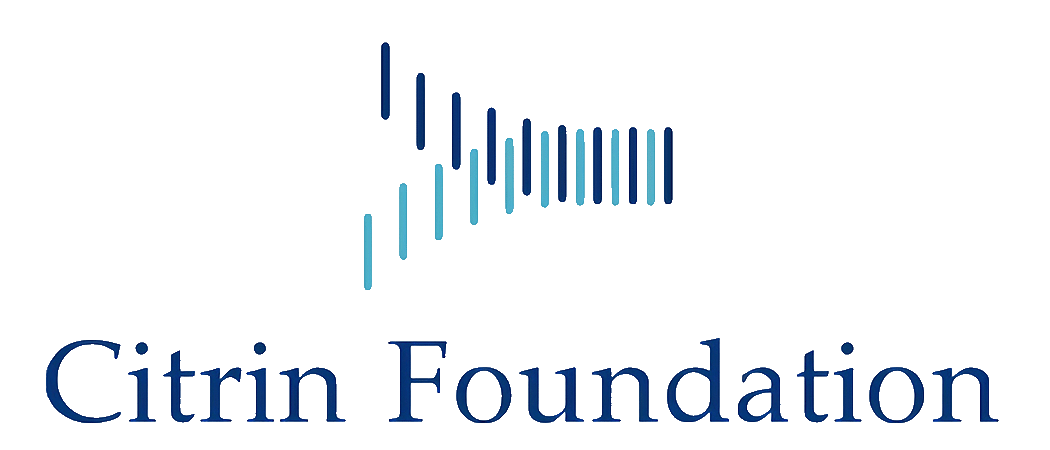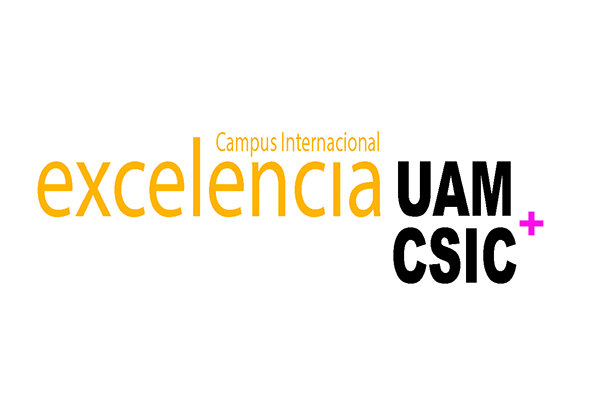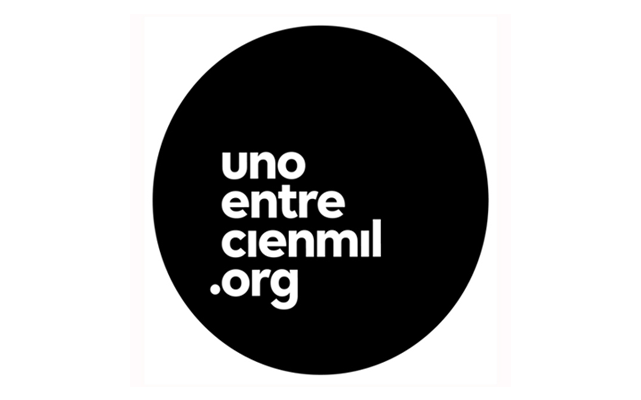Yeast enzymes bioengineering to generate bioactive compounds
Research summary:
We work with microorganisms of biotechnological interest, mainly fungi and yeasts, producers of bioactive compounds. We try to connect the generation of knowledge to the development of biotechnological applications. Basically we focus on the characterization of new enzymes producing bioactive compounds, the analysis of their structural-functional determinants, the operational improvement using molecular biology tools and in obtaining and characterization of new molecules with potential industrial utility. We have patented in different countries the industrial applicability of most proteins characterized and designed methods for their attachment to solid supports.

Figure 1. The Xd-INV from Xanthophyllomyces dendrorhous 3D-Structure, a fructofuranosidase producing the prebiotic neokestose. Close-up view of active site including neo-erlose (fructosil maltose).
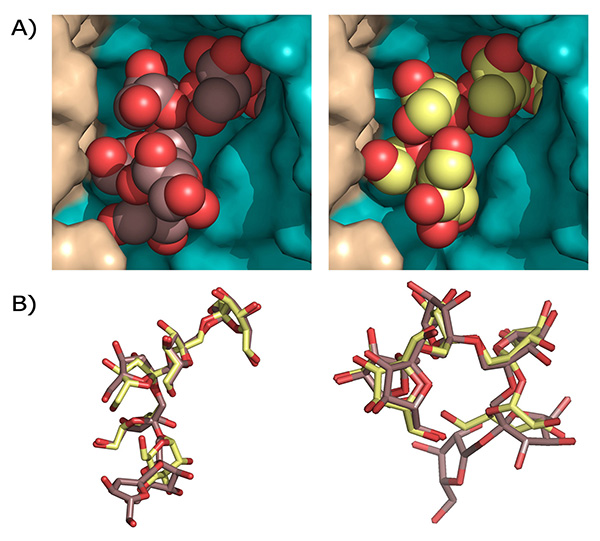
Figure 2. The conformation of the substrates at the Ffase active site. A. Six units of inulin (left) and fructosylnystose (right) molecules represented as spheres. B. Inulin (brown) and fructosylnystose (lime green) moieties in stick representation are superimposed.
During the last years we have been characterizing and studying several fungi and non-conventional yeast proteins (from genera Xanthophyllomyces, Schwanniomyces, Rhodotorula, etc.) showing glycosyltransferase activity, and applicable in the production of sugars with prebiotic properties. All are glycosylhydrolases (GH) structurally included in family GH32, 31, 13 or 18. Indeed, we have resolved the 3-D structure of the first yeast protein including in family GH32, assigned a function to the beta-sandwich domain that is present in all members of this family and proved that the oligomerization is directly involved in the substrate recognition and specificity. We have obtained numerous enzymatic variants that increase or alter the biosynthetic product patterns. Recently we have found that some of the characterized enzymes can glycosylate compounds with aromatic rings such as the hydroxytyrosol or pterostilbene (both antioxidants), which confers them a special biotechnological interest. We intend to extend our study to hydrolases including in other structural families, to increase and modify the transferase/biosynthetic activity of the enzymes studied, to scale up to industrial level the enzyme production and the products generated, as well as to validate the biological activity or give new uses to the molecules obtained. Objectives included in those of the consortia Glicoenz, Fish4Fish and a project founded by the Fundación Ramon Areces (XIX Concurso Nacional-Ciencias de la Vida y la Materia).
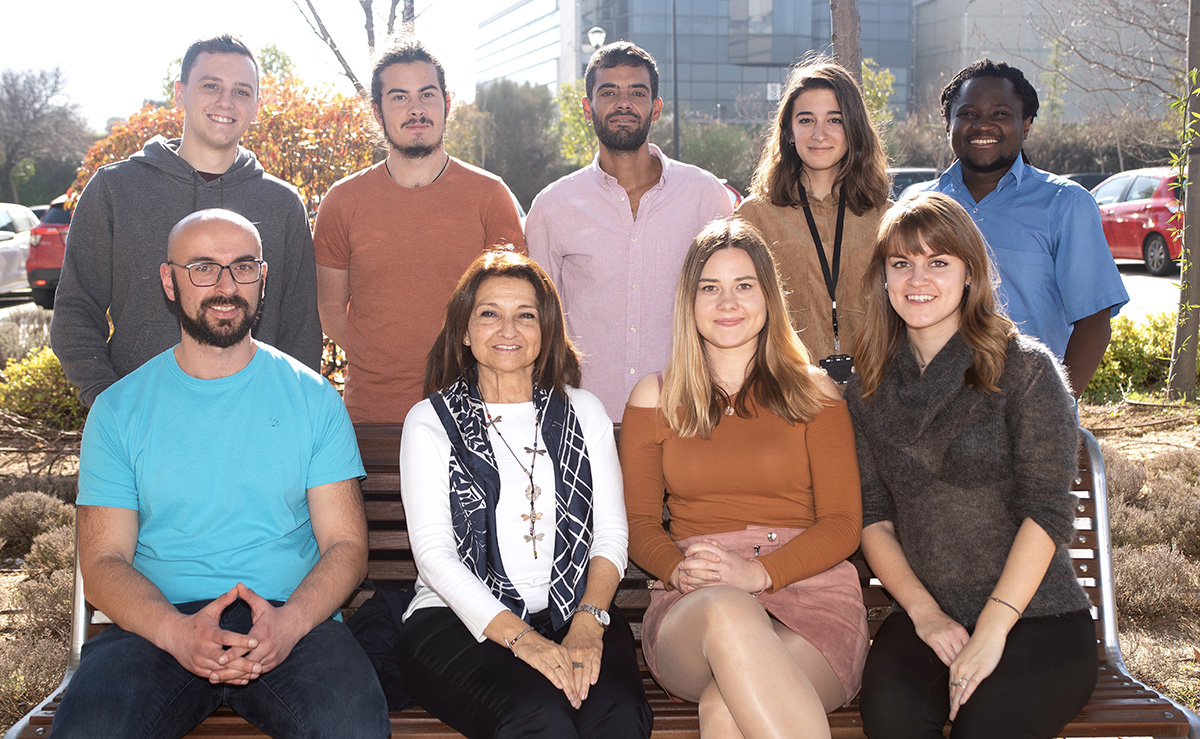
| Last name | Name | Laboratory | Ext.* | Professional category | |
|---|---|---|---|---|---|
| Barahona Pérez | Laura | 102 | 4521 | lbarahona(at)cbm.csic.es | Titulado Sup.de Actividades Técn. y Profes. GP1 |
| Blázquez García | David | 102 | 4521 | Estudiante TFG | |
| Fernández Lobato | María | 102 | 4492 | mfernandez(at)cbm.csic.es | Catedrático Universidad, GA |
| Fuentes de Frutos | Marcos | 102 | 4521 | Estudiante TFG | |
| Gracia Gómez | Beatriz | 102 | 4492 | Estudiante TFM | |
| Katsigianni | Konstantina | 102 | 4521 | Becario Erasmus | |
| Martínez Ranz | María | 102 | 4521 | mmranz(at)cbm.csic.es | Titulado Sup.de Actividades Técn. y Profes. GP1 |
| Míguez Rodríguez | Noa | 102 | 4521 | noa.miguez(at)csic.es | Investigador Doctor |
| Minguet Lobato | Marina | 102 | 4521 | m.minguet(at)cbm.csic.es | Contrato Predoctoral |
| Narmontaite | Egle | 102 | 4521 | egle.narmontaite(at)cbm.csic.es | Contrato Predoctoral |
| Remacha Moreno | Miguel | 102 | 4521 | mremacha(at)cbm.csic.es | Catedrático Universidad, GA |
Relevant publications:
-
Kidibule, P. E., Costa, J., Atrei, A., Plou, F.J. Fernández-Lobato*, M., Pogni*, R. Production and Characterization of Chitooligosaccharides by the Fungal Chitinase Chit42 Immobilized on Magnetic Nanoparticles and Chitosan Beads: Selectivity, Specificity and Improved Operational Utility” RSC Advances, 11, 5529-5536 (2021); (Published 25/01/2021). * Both corresponding authors. DOI: 10.1039/d0ra10409
-
Rodrigo-Frutos, D., Jiménez-Ortega, E., Piedrabuena, D., Ramirez-Escudero, M., Míguez, N., Plou, F.J., Sanz-Aparicio, J., Fernández-Lobato, M. “New insights into the molecular mechanism behind mannitol and erythritol fructosylation by β-fructofuranosidase from Schwanniomyces occidentalis”. Scientific Report, 11, 7158 (2021); Open Access (Published: 30 March 2021) https://doi.org/10.1038/s41598-021-86568-6
-
Gimeno-Pérez, M., Merdzo, Z., Castillo Rosa, E., Martin de Hijas, C., Fernández-Lobato, M. “The β-Fructofuranosidase from Rhodotorula dairenensis: Molecular Cloning, Heterologous Expression, and Evaluation of Its Transferase Activity”. Catalysts 11(4), 476 (2021) Open Access (07/04/2021); https://doi.org/10.3390/catal11040476
-
Miguez, N., Kidibule, P., Santos-Moriano, P., Ballesteros, A.O., Fernandez-Lobato, M., Plou, F.J. “Enzymatic Synthesis and Characterization of Different Families of Chitooligosaccharides and Their Bioactive Properties” Applied Sciences 2021, 11, 3212 (Pub Date: 2021-04-03) https://doi.org/10.3390/app11073212.
-
Piedrabuena, D., Rumbero, A., Pires, E., Leal-Duaso, A., Civera, C., Fernandez-Lobato, M.* Hernaiz, M.J.* “Enzymatic synthesis of novel fructosylated compounds by Ffase from Schwanniomyces occidentalis in green solvents”. RSC Advances, 2021, 11, 24312-24319.* Both corresponding authors. DOI: 10.1039/d1ra01391b
-
Jiménez-Ortega, E., Kidibule, P.E., Fernández-Lobato, M. Sanz-Aparicio, J. “Structural inspection and protein motions modelling of a fungal Family 18 chitinase by crystallography depicts the molecular determinants of its dynamic enzymatic mechanism”. Computational and Structural Biotechnology Journal. 2021, 19, 2021, Pages 5466-5478. https://doi.org/10.1016/j.csbj.2021.09.027
-
Rubio, C., Lizárraga, E., Alvarez-Cilleros, D., Pérez-Pardo, P., Sanmartin-Salinas, P., Toledo-Lobo, M.V., Alvarez, C., Escrivá, F., Fernández Lobato, M., Guijarro, L.G., Valverde, A.M., Carrascosa, J.M. “Aging in male Wistar rats associates with changes in intestinal microbiota, gut structure and cholecystokinin-mediated gut-brain axis function”. Journal Gerontology: Serie A, glaa313, Published 14 December (2020) https://doi.org/10.1093/gerona/glaa313
-
Cervantes, F.V., Neifar, S., Merdzo, Z., Viña-Gonzalez, J., Fernandez-Arrojo, L., Ballesteros, A.O., Fernandez-Lobato, M., Bejar, S., Plou, F.J. “A Three-Step Process for the Bioconversion of Whey Permeate into a Glucose D-Free Tagatose Syrup” Catalysts, 10, 647 (2020); Open Access. https://doi.org/10.3390/catal10060647
-
García-Gonzalez, M., Minguet-Lobato, M., Plou, F.J. Fernández-Lobato, M. “Molecular characterization and heterologous expression of two a-glucosidases from Metschnikowia spp, both producers of honey sugars”. Microbial Cell Factories, 19, 140 (pp 1-14), (2020); Open Access. https://doi.org/10.1186/s12934-020-01397-y
-
Kidibule, P., E., Santos-Moriano, P., Plou, F.J., Fernández-Lobato, M. Endochitinase Chit33 specificity on different chitinolytic materials allows the production of unexplored chitooligosaccharides with antioxidant activity. Biotechnology Reports, 27, e00500 (pp 1-9). Open Access. (2020). DOI: 10.1016/j.btre.2020.e00500
-
Rodrigo-Frutos, D., Piedrabuena, D., Sanz-Aparicio, J., Fernández-Lobato, M.. “Yeast cultures expressing the Ffase from Schwanniomyces occidentalis, a simple system to produce the potential prebiotic sugar 6-kestose. Appl. Microbiol Biotechnol. (2019). 103:279-289. doi:10.1007/s00253-018-9446-y
-
Gutiérrez, M.S., Campusano, S., Gonzalez, A.M., Gómez, M., Barahona, S., Sepúlveda, D., Espenshade, P.J., Fernández-Lobato, M., Baeza, M., Cifuentes, V., Alcaíno, J. “Sterol Regulatory Element-Binding Protein (Sre1) promotes the synthesis of carotenoids and sterols in Xanthophyllomyces dendrorhous”. Front. Microbiol., (29 March 2019). Open Access .doi:10.3389/fmicb.2019.00586
-Santos-Moriano, P., Kidibule, P., Míguez, N., Fernández-Arrojo, L. Ballesteros, A.O., Fernández-Lobato, M., Plou, F.J. “Tailored enzymatic synthesis of chitooligosaccharides with different deacetylation degree and their anti-inflammatory activity”. Catalysts, 9(5), 405 (2019); Open Access. doi:10.3390/catal9050405 -
Garcia-Gonzalez, M., Plou, F.J., Cervantes, F.V., Remacha, M., Poveda, A., Jiménez-Barbero3, J., Fernandez-Lobato, M. “Efficient production of isomelezitose by a glucosyltransferase activity in Metschnikowia reukaufii cell extracts”. Microbial Biotechnology 12: 1274-1285 (2019); Open Access. DOI: 10.1111/1751-7915.13490
-
Ramírez-Escudero, M., Miguez, N., Gimeno-Perez, M., Ballesteros, A.O., Fernández-Lobato, M., Plou, F.J., and Sanz- Aparicio, J. “Deciphering the molecular specificity of phenolic compounds as inhibitors or glycosyl acceptors of β-fructofuranosidase from Xanthophyllomyces dendrorhous”. Scientific Reports 9, 17441 (2019); Open Access. 25 Nov 2019. https://www.nature.com/articles/s41598-019-53948-y
Doctoral theses:
-
Zoran Merdzo Kunovac (2021) Estudio de la α-glucosidasa de Schwanniomyces occidentalis para su aplicación en la síntesis de isomaltooligosacáridos y otros compuestos glucosilados. UAM
-
Ángel García Horstmann (2021) Estudio de microorganismos halófilos moderados productores de exopolisacáridos pertenecientes a salinas de interior en Castilla-La Mancha. (UAM). Doctorado Industrial
-
Peter Elias Kidibule(2021) Using chitinolytic materials to obtain bioactive oligosaccharides. Characterization of biocatalysts and products. UAM. Doctorado Internacional.
-
María Gimeno-Pérez (2019) Estudio estructural de la β-fructofuranosidase de Xanthophyllomyces dendrorhous y su empleo para la producción de oligosacáridos prebióticos y otros dereivados fructosilados. UAM
-
Patricia Gutiérrez Alonso (2013) Caracterización de dos glicosiltransferasas de oligosacáridos prebióticos de las levaduras Phaffia rhodozyma y Rhodotorula dairenensis. UAM
-
Miguel Antonio de Abreu Felipe (2011) Studies aimed at improving the funtionality of non-conventional yeast enzymes able to synthesize prebiotic oligosaccarides. UAM. European Program
-
Miguel Álvaro Benito (2011) The study of β-fructofuranosidase from Schwanniomyces occidentalis reveals new functional elements in the family GH32 of glycosyltransferases and an unconventional genetic code use in this yeast. UAM. European Program
-
María Dolores Linde López (2010) Caracterización Bioquímica, molecular y estructural de una b-fructofuranosidasa con capacidad transferasa de la levadura Phaffia rhodozyma aplicable a la producción de oligosacáridos prebióticos. UAM
GLYCOENZ-PHARMA (PID2019-105838RB-C3): "A platform for the design of efficient biocatalysts in the synthesis of compounds with pharmacological activity“.
Funding organization: Spanish Ministry od Science and Innovation
COVTRAVI-19-CM: “Plataformas y modelos preclínicos para el abordaje multidisciplinar en covid-19 y en respuesta a futuras pandemias”.
Financiador: Comunidad de Madrid y fondo europeo de desarrollo regional
FISH4FISH-863697: "FISH chitinolytic biowastes FOR FISH active and sustainable packaging material“. Funding organization: EMFF programme of the European Union
ARECES-2018: "Producción de prebióticos de segunda generación y glicósidos de polifenoles. Validación de sus propiedades bioactivas para su empleo en alimentación funcional“.
Funding organization: Fundación Ramón Areces
GLICO-BIOCAT: BIO2016-76601-C3: "Glycobiocatalysis: screening and molecular design of novel glycosidic enzymes and their application to the synthesis of bioactive oligosaccharides and glycoconjugates“.
Funding organization: Ministerio de Economía, Industria y Competitividad:
Patents:
- P200402994. New enzyme for the prebiotic production: WO 2006/064078 A1; PCT-ES2005/070177; Europa No 05825223.0. Primer premio a la mejor patente Madrid+d 2008.
- P200501875. New fructofuranosydase for prebiotic oligosaccharides obtaining: PCT-ES2006/000435. Europa Nº 06807883.1; USA No. 11/997.233
- P200503195. “New fructofuranosydase for the 6-kestose production: PCT-ES2006/000693; Europea No. 06841745-0; USA No. 12/159.164; Japón No. 2008-547993.
- P200930001. Biocatalizador inmovilizado basado en alginato para la biotransformación de carbohidratos: PCT-ES2010/070104



